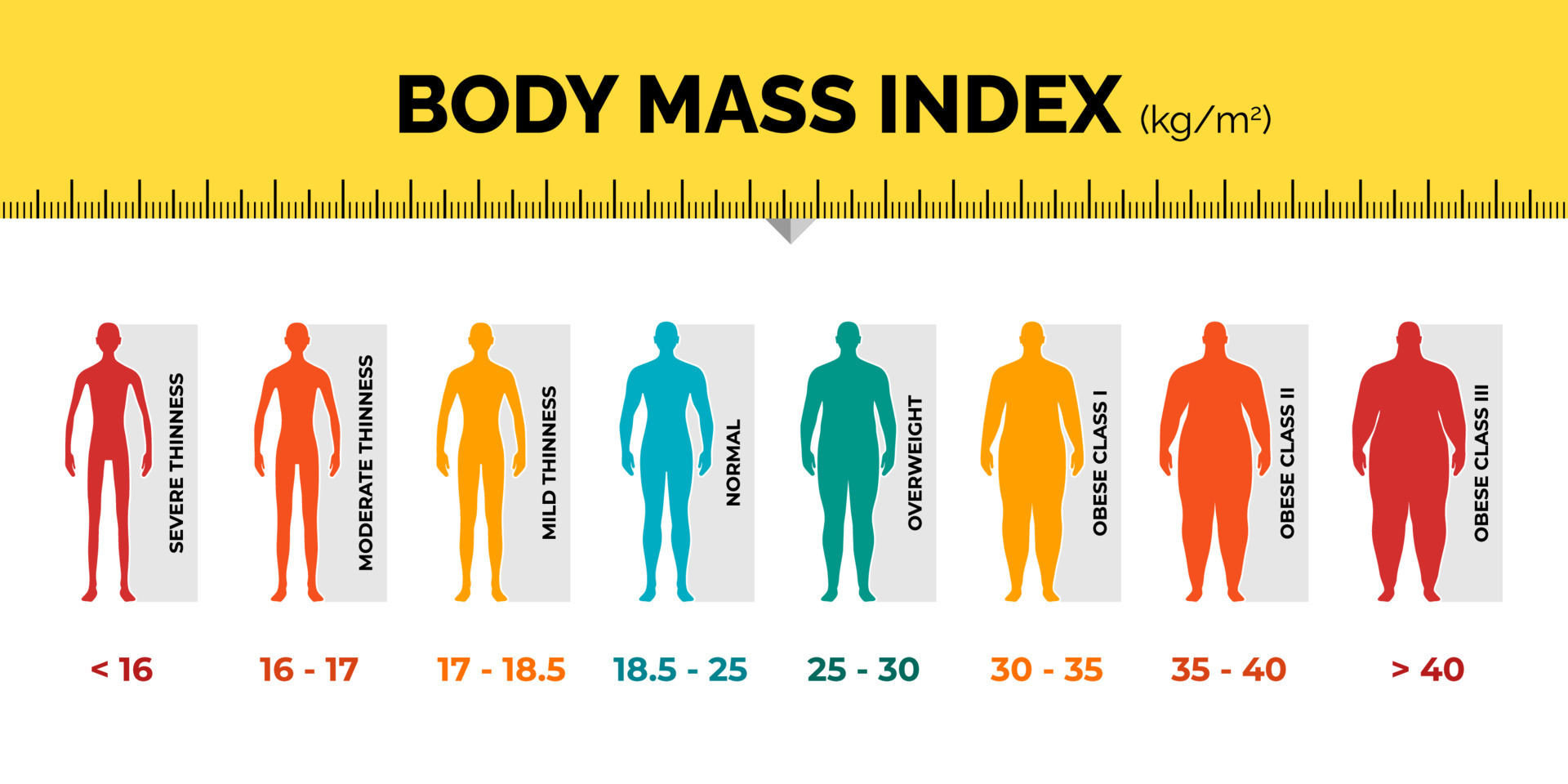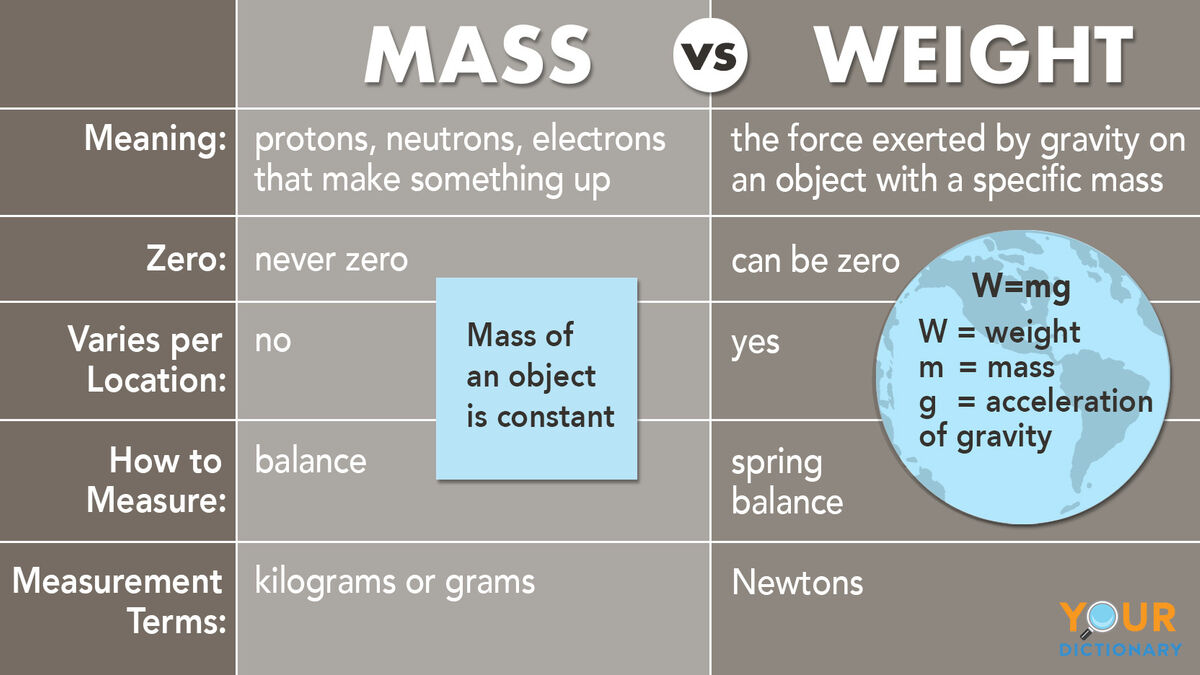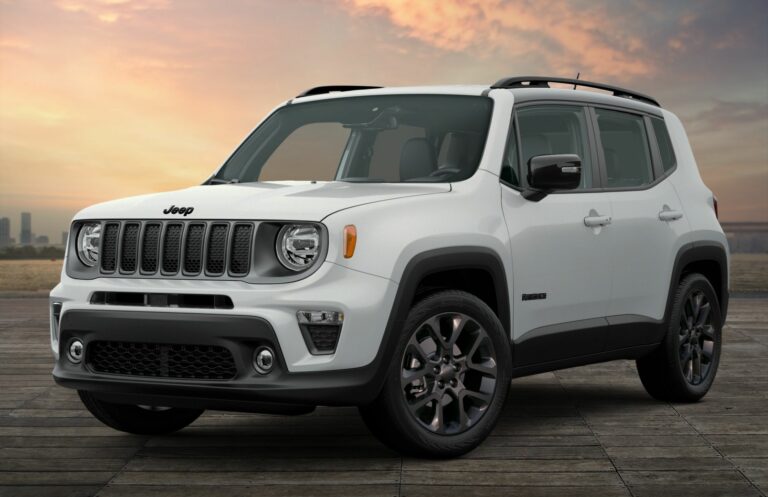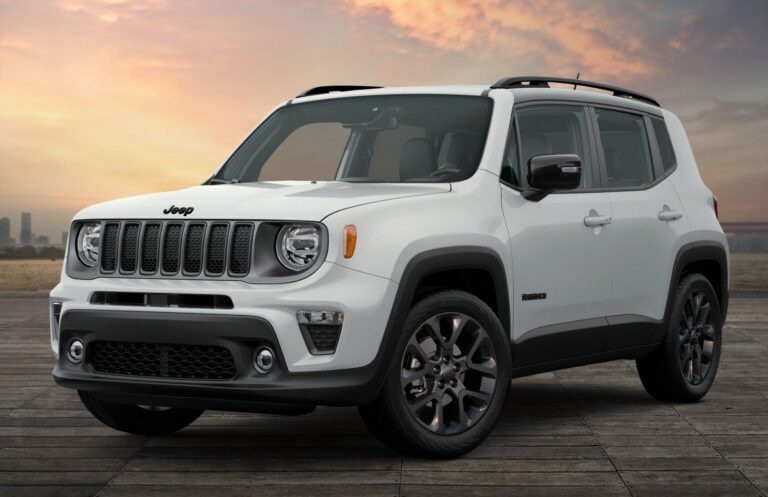Weight Of Jeep Wrangler 2 Door: A Comprehensive Guide
Weight Of Jeep Wrangler 2 Door: A Comprehensive Guide jeeps.truckstrend.com
The Jeep Wrangler, an undisputed icon of adventure and off-road prowess, comes in various configurations, with the classic 2-door model holding a special place in the hearts of purists. While its rugged capability is widely celebrated, one crucial aspect often overlooked by enthusiasts and potential owners alike is its weight. Understanding the "Weight of Jeep Wrangler 2 Door" is far more nuanced than simply knowing its curb weight; it encompasses a range of specifications vital for safety, performance, legality, and the enjoyment of your vehicle.
This comprehensive guide will delve into the various facets of the 2-door Jeep Wrangler’s weight, exploring what constitutes its different weight ratings, the factors that influence them, why these numbers matter, and practical advice for navigating them. Whether you’re a seasoned off-roader planning extensive modifications or a first-time buyer curious about your future rig, grasping these concepts is fundamental to responsible and exhilarating Wrangler ownership.
Weight Of Jeep Wrangler 2 Door: A Comprehensive Guide
Understanding "Weight": More Than Just Curb Weight
When we talk about the weight of a vehicle, it’s not a single, static number. Several key metrics define a Jeep Wrangler 2-door’s weight characteristics, each serving a distinct purpose:
-
Curb Weight: This is the most commonly cited figure. It represents the weight of the vehicle as it rolls off the assembly line, including a full tank of fuel and all standard fluids, but without passengers, cargo, or accessories. For the 2-door Jeep Wrangler, curb weight varies significantly across generations and trim levels, generally ranging from approximately 3,000 lbs for older models to over 4,200 lbs for the latest, more equipped iterations. It’s your baseline weight.
-
Gross Vehicle Weight Rating (GVWR): This is the maximum permissible total weight of the fully loaded vehicle, including the vehicle itself (curb weight), all passengers, cargo, and any added accessories. Exceeding the GVWR can compromise handling, braking, and structural integrity, and it’s illegal in many jurisdictions. Your Wrangler’s GVWR is a critical safety limit.

-
Payload Capacity: Derived directly from the GVWR, the payload capacity is calculated by subtracting the curb weight from the GVWR (GVWR – Curb Weight = Payload Capacity). This figure tells you the maximum combined weight of passengers and cargo that your Wrangler can safely carry. For a 2-door Wrangler, payload capacity typically ranges from 800 to 1,200 lbs, depending on the model and configuration.

Gross Combined Weight Rating (GCWR): This is the maximum allowable weight of the fully loaded vehicle and its attached trailer, including all cargo and passengers in both. The GCWR is paramount for safe towing, ensuring the vehicle’s braking and drivetrain systems can handle the combined load.
-
Towing Capacity: While related to GCWR, towing capacity specifies the maximum weight of a trailer (including its cargo) that the vehicle is designed to pull. The 2-door Jeep Wrangler typically has a towing capacity of 2,000 lbs, though some configurations and aftermarket upgrades can slightly increase this. This is significantly less than the 4-door Unlimited models, a key distinction for those planning to tow heavier loads.

Factors Influencing the Weight of a 2-Door Jeep Wrangler
The weight of a 2-door Wrangler is not uniform across all models. Several factors contribute to its final curb weight and, consequently, its other weight ratings:
-
Generation: Jeep Wranglers have evolved significantly over the decades.
- YJ (1987-1995): Generally the lightest, with simpler construction.
- TJ (1997-2006): Saw some weight increases due to improved safety features and comfort.
- JK (2007-2018): Introduced larger dimensions, more robust frames, and additional safety tech, leading to a notable jump in weight.
- JL (2018-Present): While designed with some weight-saving materials (aluminum doors, hood, tailgate), the addition of advanced technology, stronger axles, and more sophisticated powertrains means the JL often weighs similar to or slightly more than the JK, especially in higher trims.
-
Trim Level: Different trim levels come with varying standard equipment that directly impacts weight.
- Sport/Sport S: Typically the lightest trims, with basic features.
- Sahara: Often includes power windows, upgraded interiors, and potentially different wheel/tire packages, adding a bit of weight.
- Rubicon: The heaviest factory trim, boasting heavier-duty Dana 44 axles, larger tires, steel rock rails, and sometimes steel bumpers, all contributing to a higher curb weight.
-
Engine Type: The engine itself contributes significantly to the overall weight.
- The 3.6L Pentastar V6 is a common and relatively light engine.
- The 2.0L Turbo I4, while smaller, uses forced induction components that can make its total system weight comparable.
- The 3.0L EcoDiesel V6 (available in the JL) is considerably heavier than the gasoline engines due to its robust construction and emissions systems.
-
Transmission Type: While a minor difference, automatic transmissions are typically heavier than their manual counterparts.
-
Factory Options & Accessories: Choosing a hardtop over a soft top, adding a premium sound system, selecting heavier wheel and tire packages, or opting for factory steel bumpers and winches will incrementally increase the curb weight.
-
Aftermarket Modifications: This is where weight can truly skyrocket. Aftermarket steel bumpers, heavy-duty winches, full skid plates, larger and heavier tires, beadlock wheels, roof racks, rooftop tents, camping gear, and extensive recovery equipment can add hundreds of pounds to your Wrangler, significantly impacting its performance and requiring careful consideration of suspension upgrades.
Why Knowing Your Wrangler’s Weight Matters
Understanding your 2-door Wrangler’s weight ratings and actual loaded weight is not just for enthusiasts; it’s critical for every owner:
- Performance: Every pound added impacts acceleration, braking distance, and handling. A heavier Wrangler will feel more sluggish, take longer to stop, and exhibit more body roll.
- Fuel Economy: Simply put, more weight equals more fuel consumption. Overloading your vehicle consistently will noticeably reduce your miles per gallon.
- Safety: Exceeding GVWR or GCWR is incredibly dangerous. It stresses the brakes, tires, suspension, and frame beyond their design limits, increasing the risk of mechanical failure, loss of control, and accidents.
- Legality: Driving an overloaded vehicle can result in fines, particularly if involved in an accident. Furthermore, exceeding weight ratings can potentially void your vehicle’s warranty or complicate insurance claims.
- Towing: For those planning to tow, knowing your GCWR and the trailer’s loaded weight is non-negotiable for safe and legal operation. The 2-door Wrangler’s lower towing capacity means careful planning is essential.
- Off-Roading: Weight distribution and overall weight play a huge role in off-road capability. A heavily laden Wrangler might struggle more in deep sand, mud, or steep inclines. Conversely, too little weight on the rear axle can reduce traction. Suspension tuning for off-roading is heavily dependent on the vehicle’s loaded weight.
- Modifications: Before investing in heavy aftermarket parts, you must know your current weight and remaining payload capacity. Adding hundreds of pounds without upgrading your suspension, brakes, and potentially even steering components can lead to a degraded driving experience and safety hazards.
Practical Advice: How to Determine Your Wrangler’s Actual Weight
While factory specifications provide a baseline, your 2-door Wrangler’s actual operating weight will likely differ, especially if it has modifications or is loaded with gear.
- Consult Your Owner’s Manual and Door Jamb Sticker: These are your primary sources for factory curb weight, GVWR, Payload Capacity, and Towing Capacity.
- Use a Certified Weigh Station (CAT Scale): For modified vehicles or when you want to know your exact loaded weight, visiting a public weigh station (often found at truck stops) is the most accurate method.
- Weigh your Wrangler empty (with you in it, but no other passengers or cargo) to establish a modified curb weight.
- Weigh it again fully loaded with all passengers, gear, and a full tank of fuel to determine your actual operating weight.
- If towing, weigh the vehicle and trailer together (GCW) and separately (GTW).
- Calculate Added Weight: Keep a running tally of significant aftermarket parts (steel bumpers, winches, larger tires/wheels, roof racks) and common gear (recovery tools, camping equipment). Manufacturers often provide component weights, allowing you to estimate your added mass.
Managing Weight for Optimal Performance and Safety
- Strategic Loading: When packing your Wrangler, distribute weight as evenly as possible. Keep heavier items low and centered to maintain a low center of gravity and improve stability.
- Consider Lightweight Alternatives: If you’re adding significant accessories, explore lightweight materials like aluminum bumpers or synthetic winch lines instead of steel. Every pound saved helps.
- Remove Unnecessary Gear: Before a daily commute, remove any heavy recovery gear, camping equipment, or tools that aren’t needed. Less weight means better fuel economy and handling.
- Upgrade Components: If you’ve added substantial weight (e.g., heavy bumpers, winch, larger tires), consider upgrading your suspension (heavier springs, shocks), brakes (larger rotors, better pads), and potentially steering components to compensate for the increased stress.
- Maintain Proper Tire Pressure: Overloaded tires can overheat and fail. Ensure your tire pressure is set appropriately for your loaded weight, not just the factory recommendation for an empty vehicle.
Estimated Curb Weights of 2-Door Jeep Wrangler Generations & Trims
Please note that these are estimated curb weights and can vary based on specific options, engine, transmission, and model year within each generation. GVWR, Payload, and Towing capacities are typical figures for the 2-door configuration.
| Generation | Engine/Trim (Typical) | Estimated Curb Weight (lbs) | Gross Vehicle Weight Rating (GVWR) (lbs) | Payload Capacity (lbs) | Towing Capacity (lbs) |
|---|---|---|---|---|---|
| YJ (1987-1995) | 4.2L/4.0L I6 | 3,000 – 3,200 | 3,800 – 4,150 | 800 – 950 | 2,000 |
| TJ (1997-2006) | 2.5L I4 / 4.0L I6 | 3,050 – 3,400 | 4,000 – 4,400 | 850 – 1,000 | 2,000 |
| JK (2007-2018) | 3.8L V6 / 3.6L V6 (Sport/Sahara) | 3,750 – 4,000 | 4,900 – 5,100 | 900 – 1,100 | 2,000 |
| JK (2007-2018) | 3.6L V6 (Rubicon) | 4,050 – 4,200 | 5,100 – 5,200 | 950 – 1,150 | 2,000 |
| JL (2018-Present) | 2.0L Turbo / 3.6L V6 (Sport/Sahara) | 3,850 – 4,100 | 5,000 – 5,200 | 1,000 – 1,200 | 2,000 |
| JL (2018-Present) | 3.6L V6 / 3.0L EcoDiesel (Rubicon) | 4,200 – 4,500 | 5,300 – 5,500 | 1,050 – 1,250 | 2,000 |
Note: The 3.0L EcoDiesel engine in the JL significantly increases curb weight for its equipped models, often pushing them to the higher end of the JL Rubicon range.
Frequently Asked Questions (FAQ)
Q: Does a hardtop add significant weight compared to a soft top?
A: Yes, a hardtop can add anywhere from 100 to 150 pounds or more to your Wrangler’s curb weight compared to a soft top. This weight is also higher up, affecting the center of gravity slightly.
Q: How much weight do aftermarket steel bumpers and a winch typically add?
A: A steel front bumper can add 80-150 lbs, a steel rear bumper 50-100 lbs, and a winch another 50-100 lbs. Together, these popular modifications can easily add 200-350+ lbs to your Wrangler.
Q: Can I exceed my Wrangler’s payload if I’m just driving short distances?
A: No. Exceeding your payload capacity, even for short distances, is dangerous and can lead to compromised braking, handling, tire failure, and accelerated wear on suspension components. It’s always best to stay within the recommended limits.
Q: What happens if I overload my Wrangler?
A: Overloading can lead to:
- Increased braking distances
- Poor handling and steering response
- Premature wear on tires, brakes, suspension, and drivetrain components
- Reduced fuel efficiency
- Potential for tire blowouts or suspension failure
- Legal penalties and insurance complications in case of an accident.
Q: Does the 2-door Wrangler weigh less than the 4-door Unlimited?
A: Yes, significantly. The 4-door Unlimited models are considerably longer and heavier, typically weighing 500-1,000+ pounds more than their 2-door counterparts, depending on the generation and trim. This difference directly impacts their respective payload and towing capacities (4-door models often have higher towing capacities).
Q: How does weight affect fuel economy?
A: For every 100 pounds of added weight, your fuel economy can decrease by approximately 1-2%. This impact is more pronounced in stop-and-go city driving.
Conclusion
The weight of your 2-door Jeep Wrangler is a dynamic and critical aspect of its overall performance, safety, and longevity. Far from being a mere static number, understanding its curb weight, GVWR, payload, and towing capacities, along with the factors that influence them, empowers you to make informed decisions about modifications, loading, and driving habits.
Responsible Wrangler ownership means respecting these limits. By accurately assessing your vehicle’s loaded weight and making conscious choices about what you carry and what modifications you install, you ensure your iconic 2-door Jeep remains a reliable, safe, and exhilarating companion for every adventure, on or off the beaten path. Embrace the spirit of the Wrangler, but do so with a clear understanding of its physical limits and capabilities.







